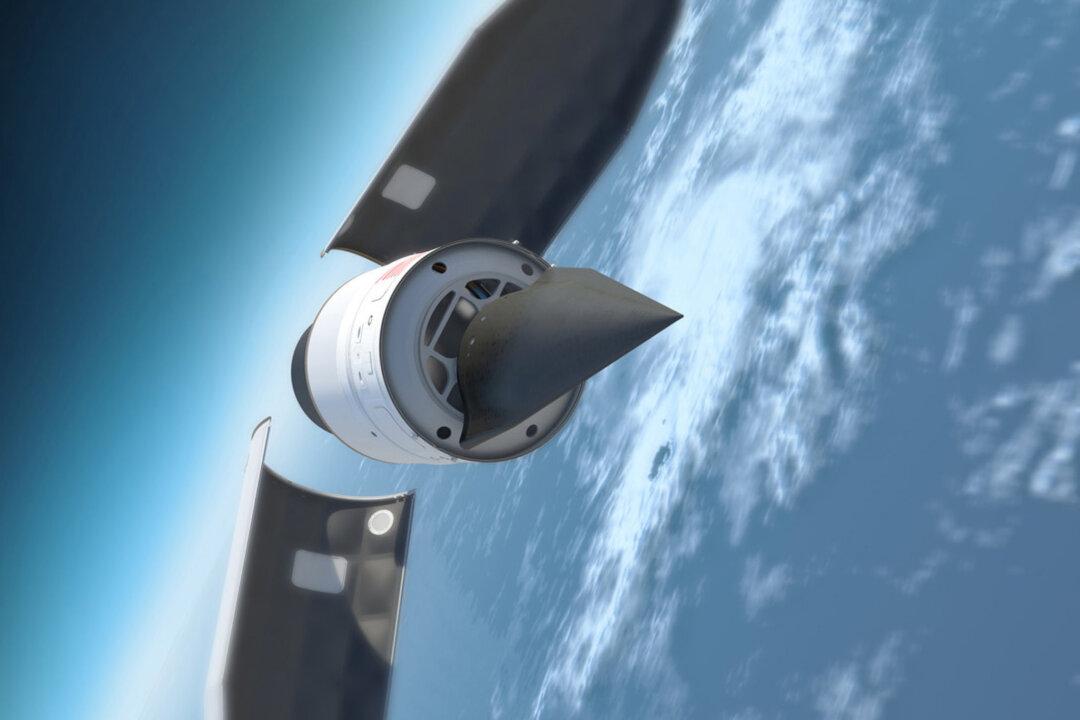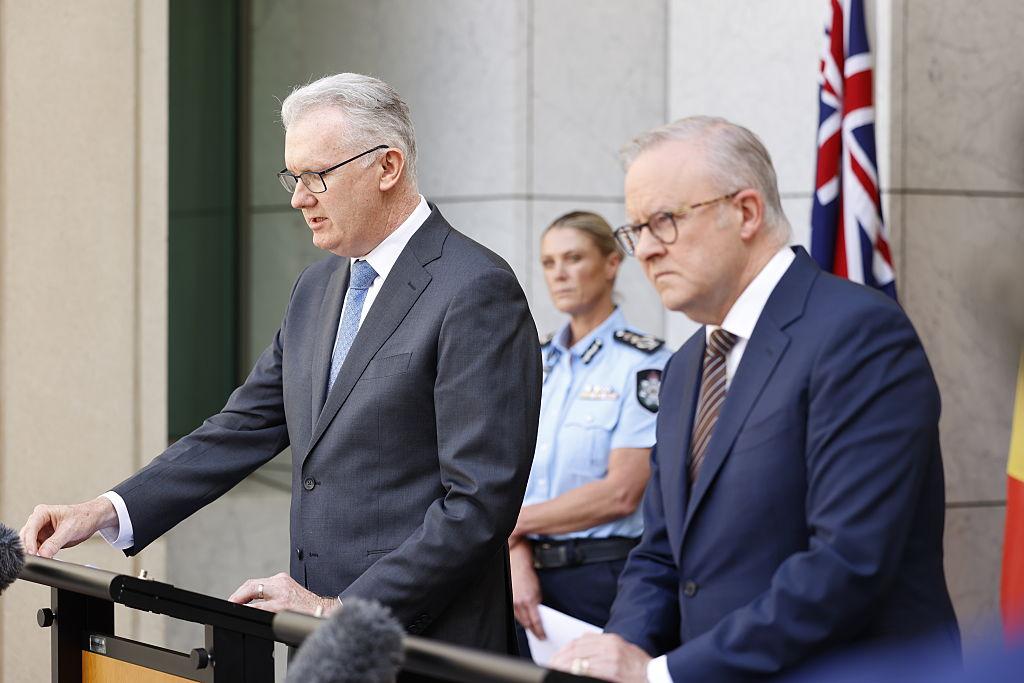Australia, the United Kingdom, and the United States have agreed to accelerate their testing of hypersonic technology as more countries acquire the weapons.
India recently announced it had successfully tested the weapons. There are also reports that both North Korea and Iran have also launched successful test flights. Japan, Israel, South Korea, and Brazil are working on development.





